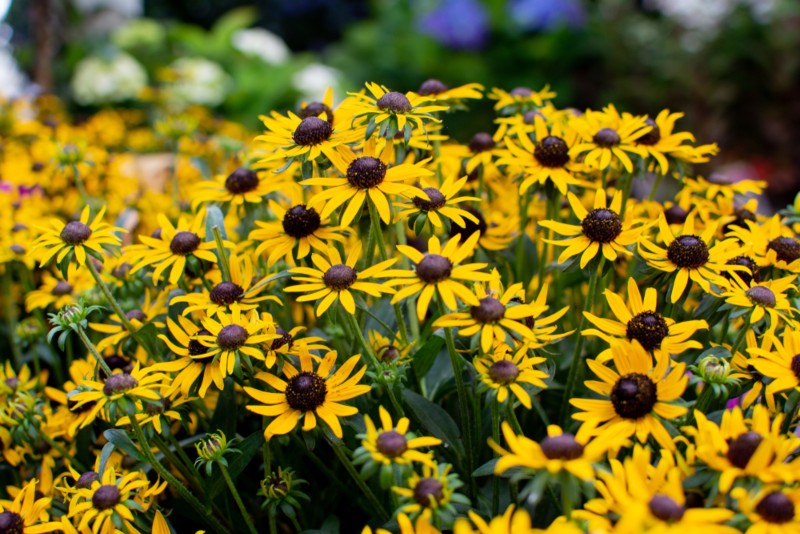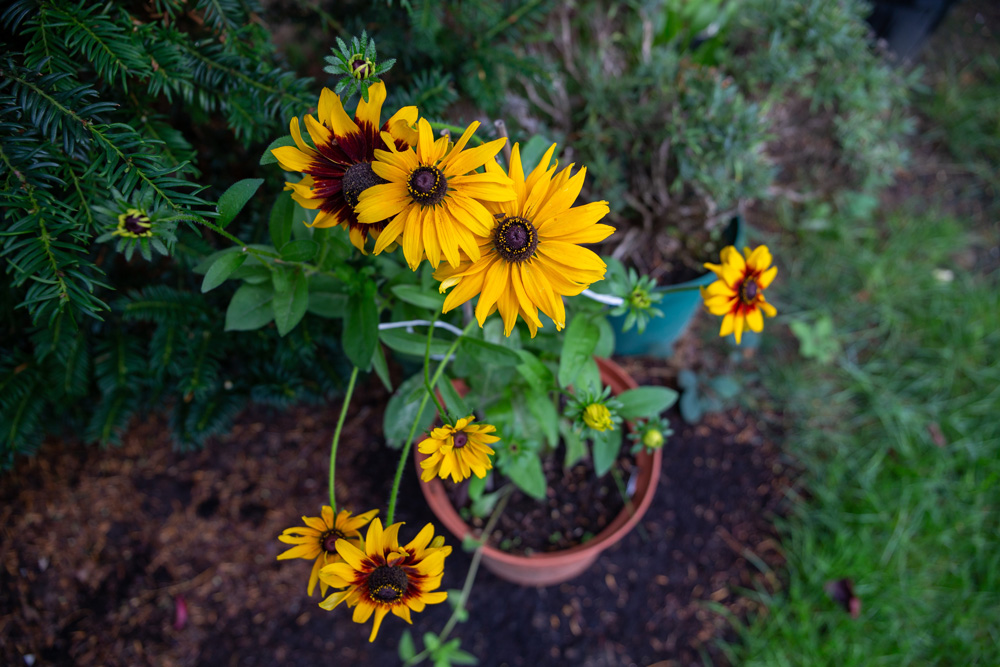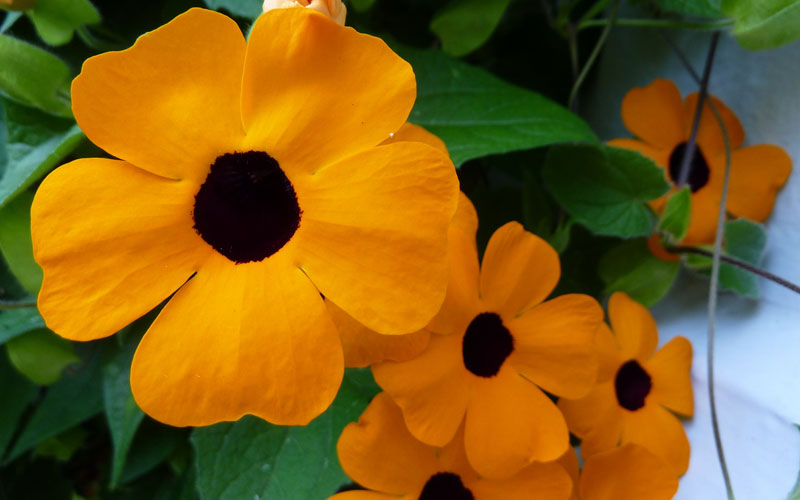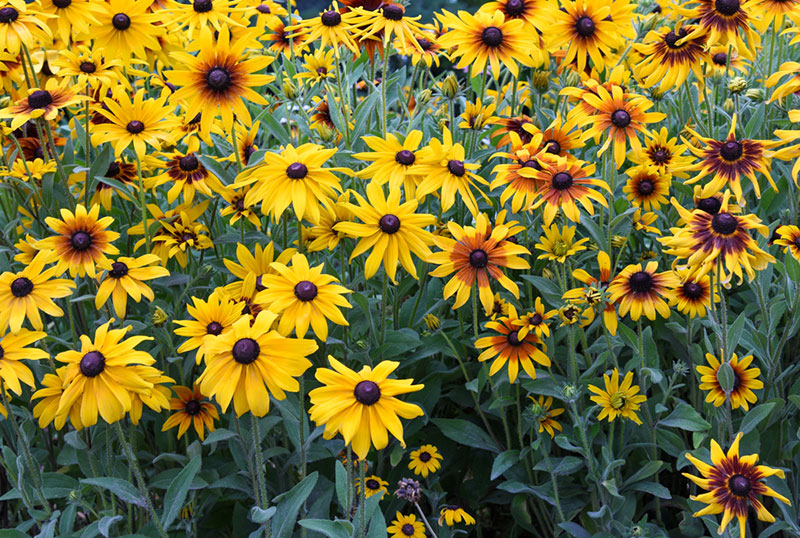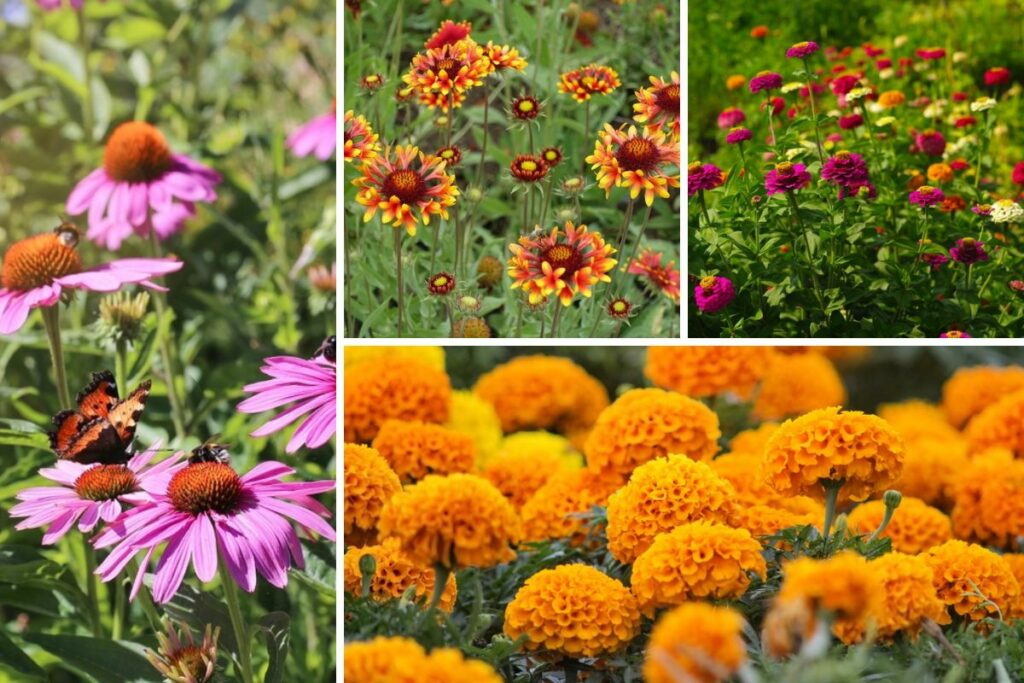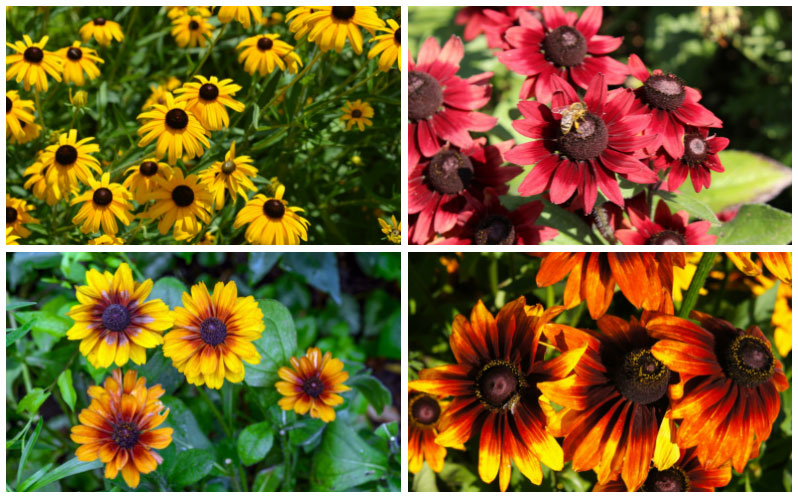
When you hear the name black-eyed susan, then a daisy-like flower with a black center and yellow rays may instantly pop into your mind. The truth, however, is that there are over 40 different types of black-eyed susans.
If you like the looks of this flower, then you may want to consider planting some of these varieties. With so many different choices available in this easy-to-care-for plant, making up your mind may take longer than you anticipate.
Indian Summer Rudbeckia
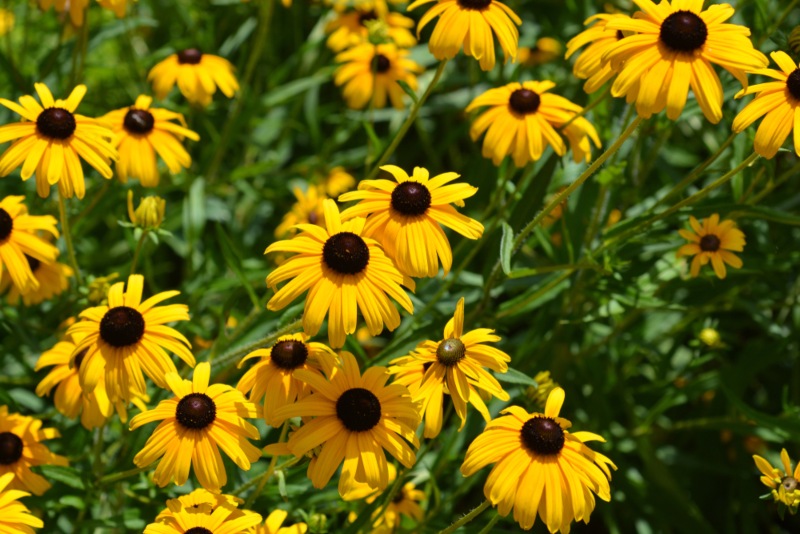
Growing from zones 3 to 7, this summer bloomer produces daisy-like flower produces enormous flower heads that can be up to 9-inches in diameter. The rays are usually bright yellow, but some rays may have an orange tint to them. This variety has a domed, chocolate brown center disk. The 3-to-7-inch leaves on this option are hairy and lance-shaped.
Prairie Sun Rudbeckia
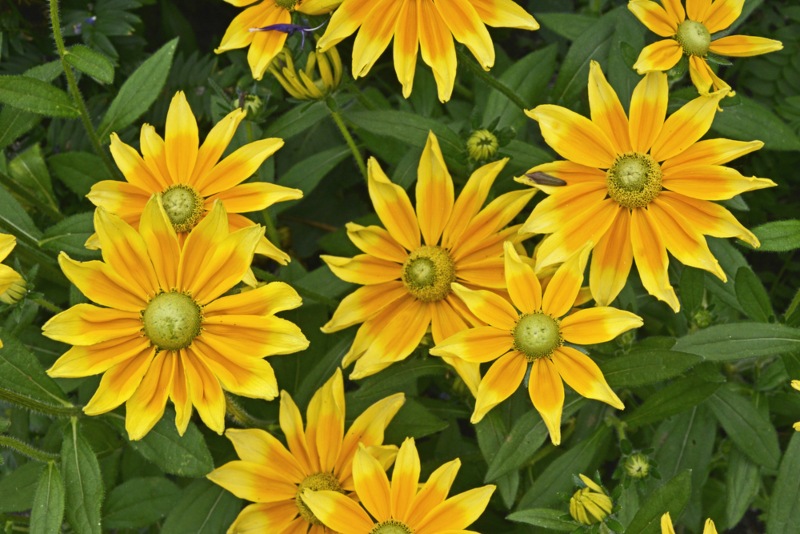
The prairie sun option blooms from summer to frost in zones 3 to 8. This plant that grows to be about 3-feet tall produces daily-like flowerheads that are about 5-inches in diameter. Unlike the chocolate brown center disc seen on common black-eyed susans, this one has a green to yellow-green center disc. The leaves on the prairie sun are bright green and grow upright.
Rudbeckia hirta moreno
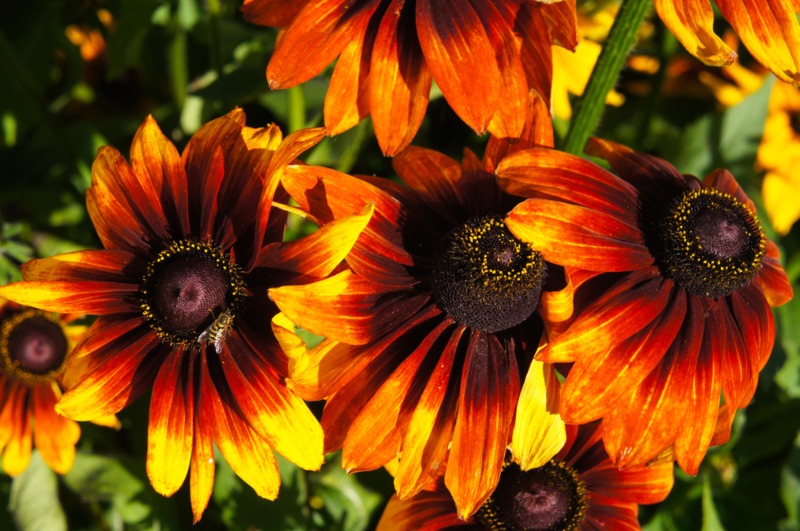
This plant that struggles to reach 2-feet tall produces mahogany-red rays with yellow tips. The mahogany color becomes a little redder as the flower fades. Some plants have more extensive tips than others. The center disc is black or an intense purple. This option will grow from zones 5 to 9.
Irish Eyes Rudbeckia
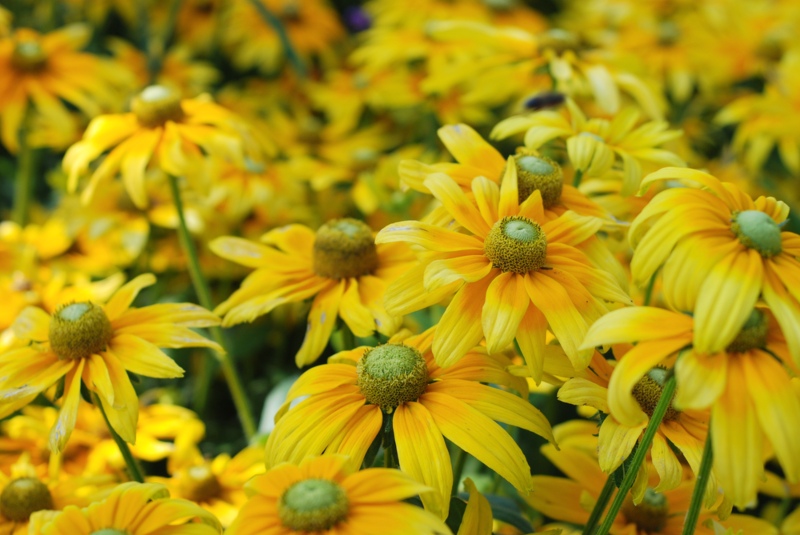
This flower that can be grown from zone 5 to 9 produces from 14 to 20 rays that surround a light-green center disc up to 5-inches in diameter. The rays on this option have more of a cup shape than on most black-eyed susan pants. They also become darker from the outside of the ray to the center. This plant will grow to be about 24-inches tall.
Cherokee Sunset Rudbeckia
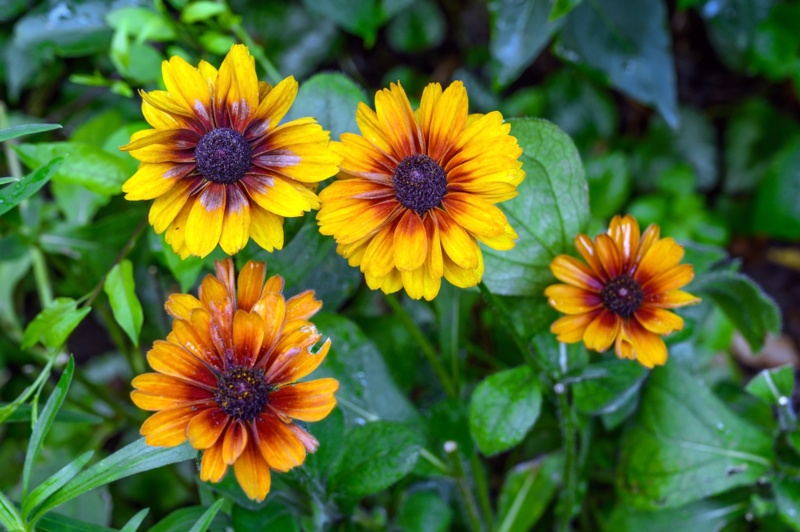
Yellow, orange, red, bronze and mahogany rays that may be double or semi-double surround a dark-mahogany or a chocolate-brown disc on this option that may grow to be up to 36-inches tall. Yellow eyelash-looking hairs surround the center. This option tends to bloom longer than even some of the black-eyed susans with autumn-sounding names, so they often make a great option in fall gardens. You can expect the first bloom to appear about June.
Maya Rudbeckia
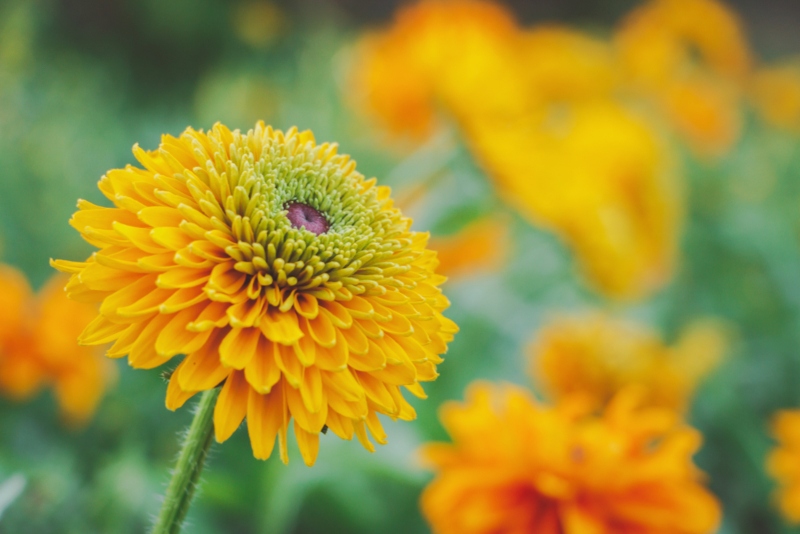
This black eyed susan will reward you with bright yellow double flowers surrounding a green center that turns darker as the season progresses. The blooms on this option that does well in zone 5 to 9 can be up to 4.5-inches in diameter. This choice grows up to 24-inches tall, and it may be up to 24-inches wide.
Cherry Brandy Rudbeckia
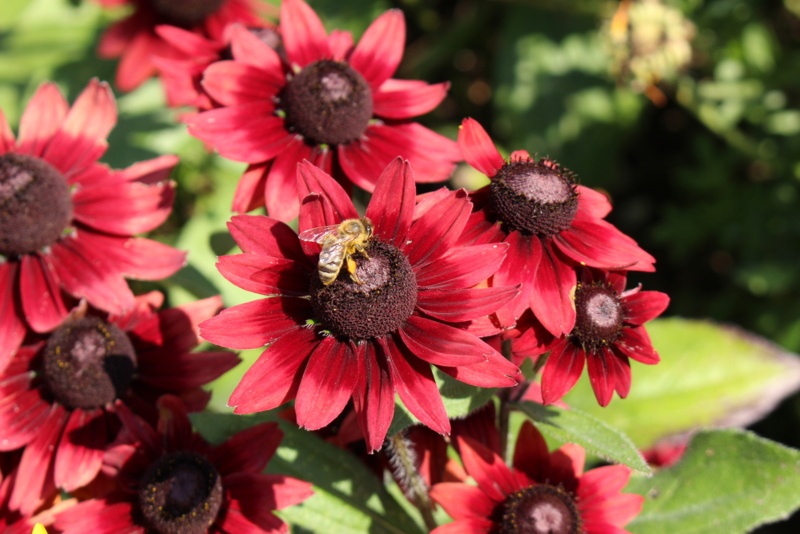
You will love the crimson red rays tipped in cherry red on this option surrounding a chocolate brown center. Its yellow filament stands in beautiful contrast to the rest of this plant. The cherry brandy black-eyed susan does well from zones 4 to 7. It will grow to be about 24-inches tall and wide.
Cappuccino Rudbeckia
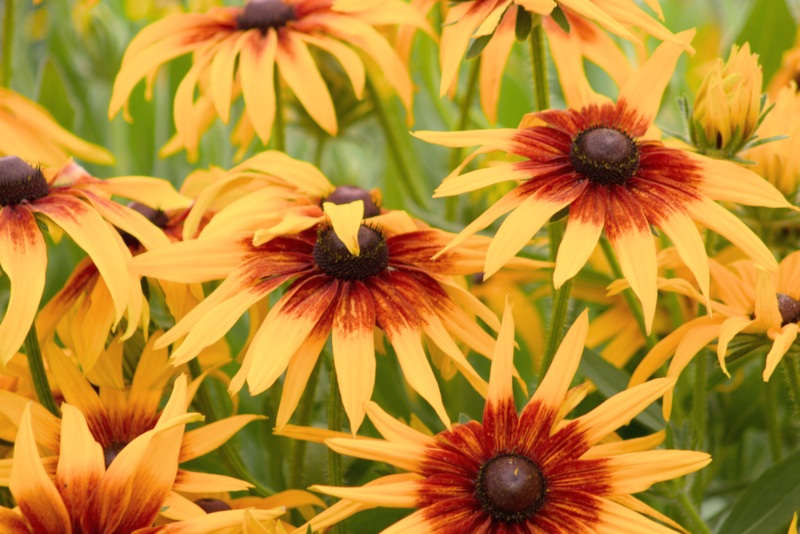
The warm festive rays that come in mahogany, oranges, and yellows surround a chocolate brown center disk on this single-blooming option. This plant that is hardy from zones 5 to 8 grows to be 24-inches tall. This upright choice produces some of the earliest blooms on black-eyed susans. Each ray has bright yellow tips. This plant may be a great way to welcome in summer.
Cut-leaf Coneflower (Rudbeckia laciniata)
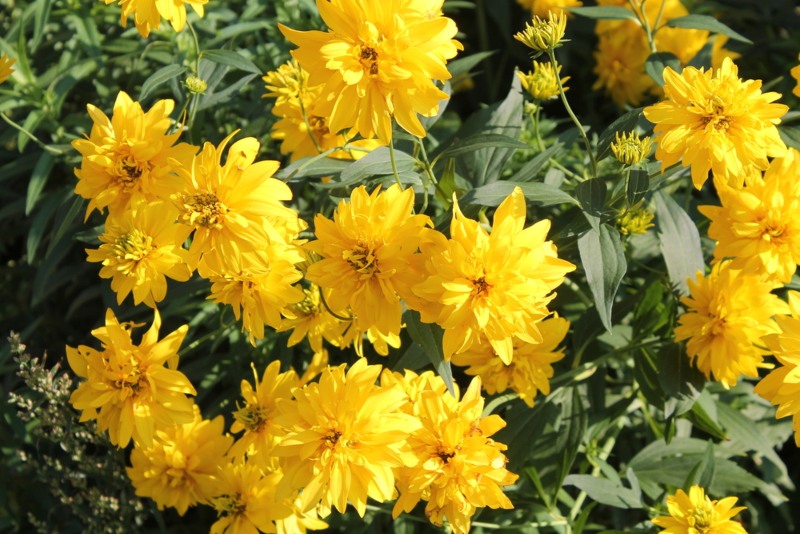
Each cutleaf coneflower produces between two and 25 flower heads on a single stalk. The bottom of these nearly hairless stalks that can grow to be 10-feet tall are single, but they may branch nearer the top. Up to 12 droopy, widely spaced rays surround a flat green dome on this plant becomes balloon-shape when this option blooms.
Henry Eilers Rudbeckia
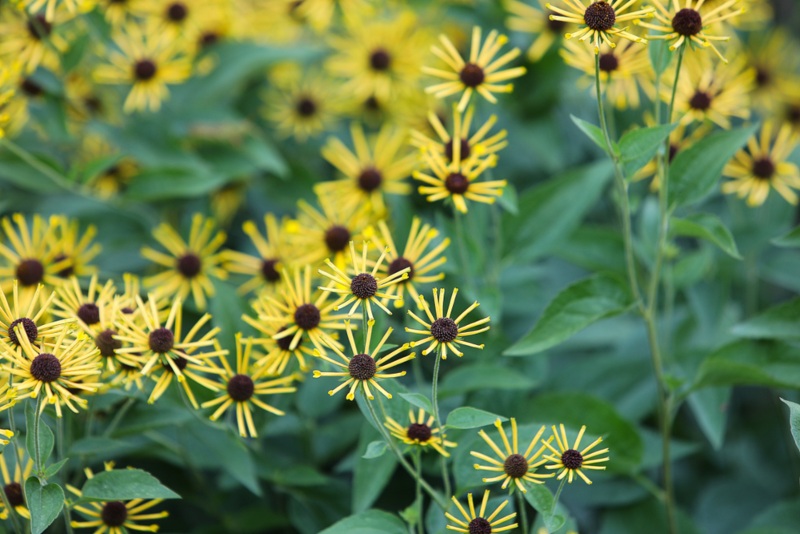
The rolled, sunshine yellow rays on the Henry Eiler rudbeckia almost look like asterisk marks ending with the domed, brown center disc. The quill-looking rays are single and widely spaced. This option that blooms from early summer to early fall grows to be about 5-feet tall. This plant thrives in zones 4 to 8.
Little Goldstar Rudbeckia
This plant often looks to be a mass of color because up to 80 flower heads can be found on a single plant. This plant is a shorter variety of black-eyed susan that only grows to be about 16-inches tall. Yellow rays surround the center disc on this choice that may be perfect for you if you live in zones 4 to 10.
With so many sun-loving black-eyed Susan options, you can landscape many areas of your home with this choice that requires very little care.

